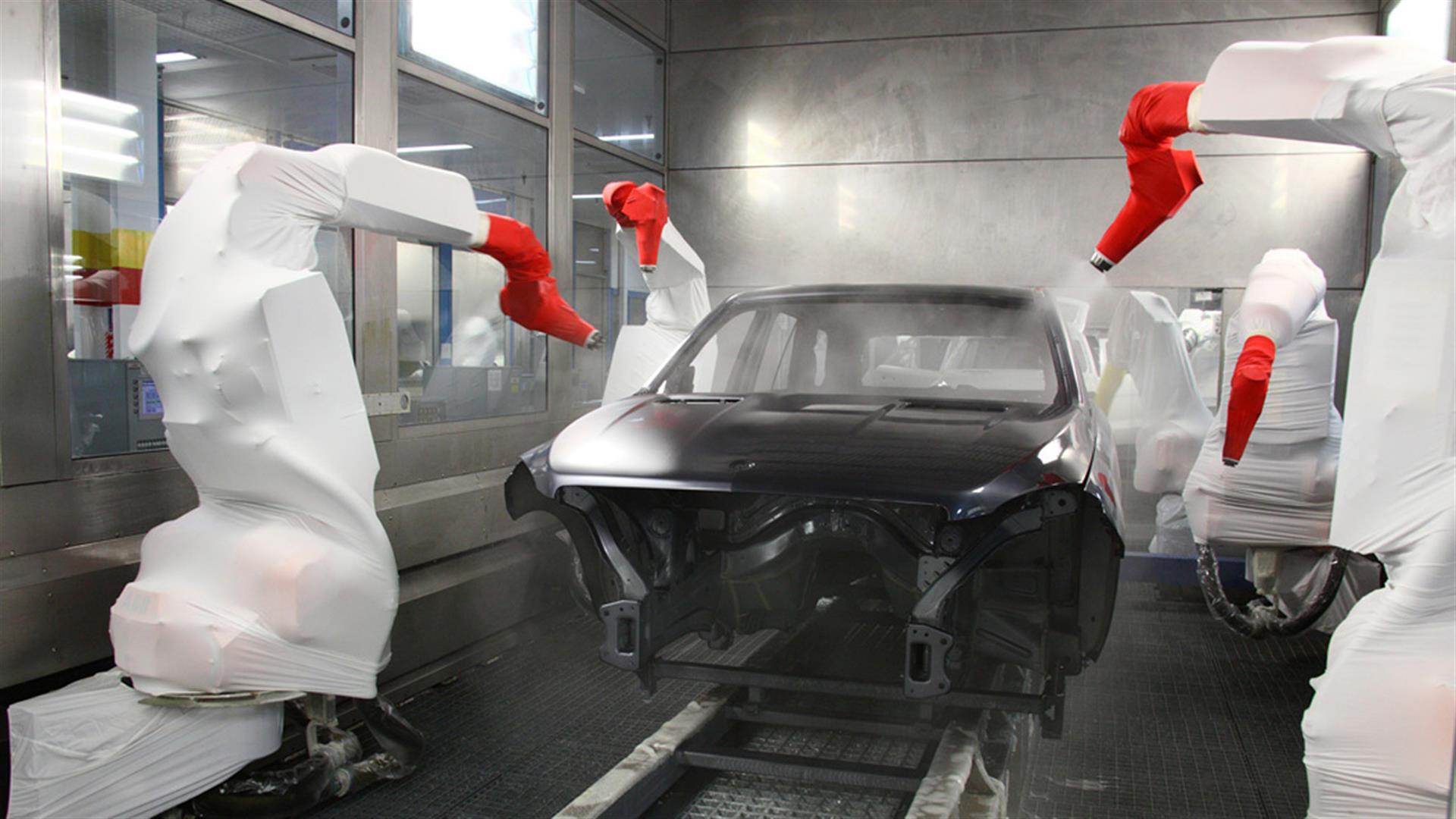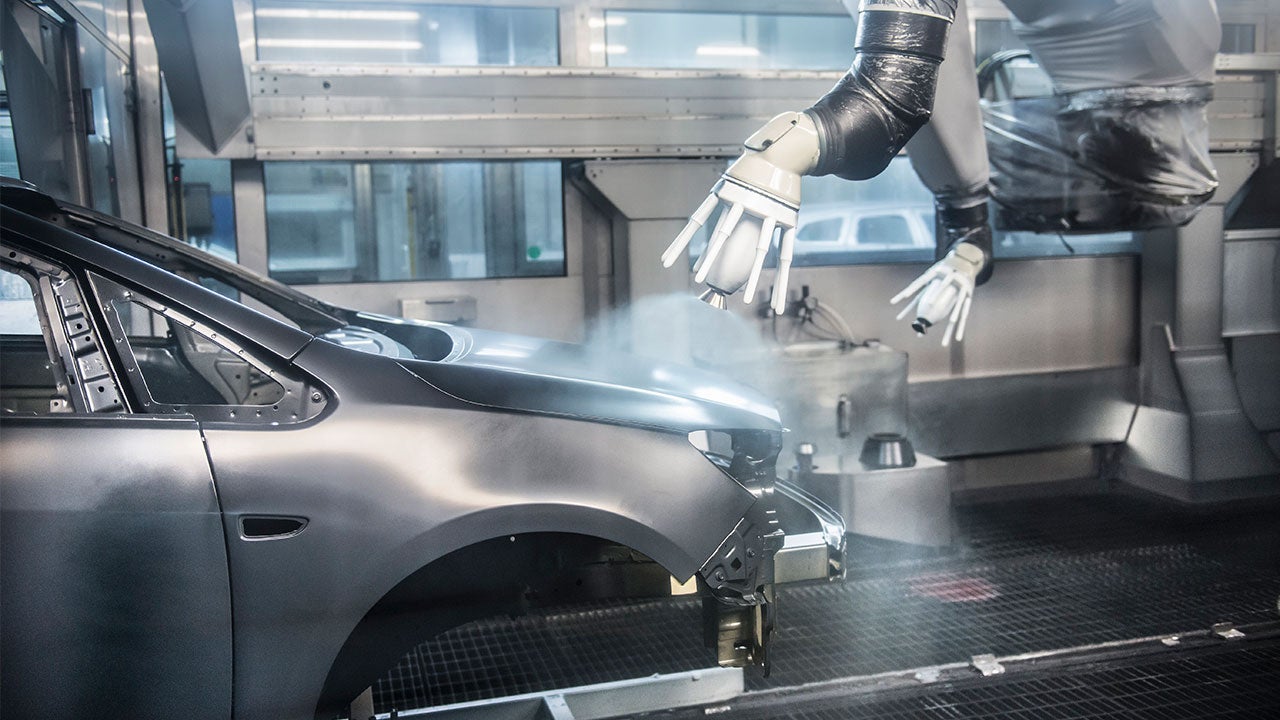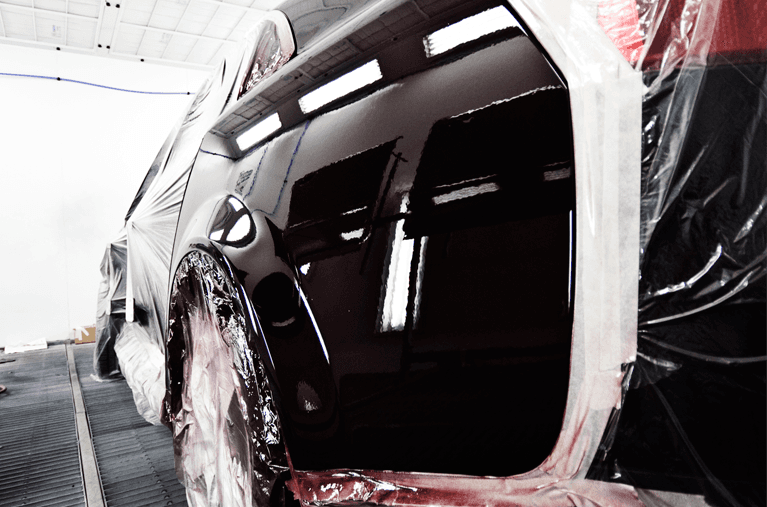Dealing with paint blisters on your car can be an exasperating experience. The sight of those unsightly bubbles wreaking havoc on your car’s pristine surface is enough to make any car owner cringe. Fortunately, understanding how to fix paint blisters on car can help you restore your vehicle to its former glory. This guide will take you through detailed, step-by-step instructions to address and prevent paint blisters from coming back.

Understanding Paint Blisters
What are Paint Blisters?
Paint blisters are bubbles that form between the paint layers of your car. This is generally caused by some form of contamination, high heat, or moisture.
Why Do They Form?
Paint blisters usually form due to improper surface preparation, contaminated surfaces, or poor painting conditions, such as high temperatures and humidity.
Essential Tools and Materials
Gather Your Supplies
To successfully fix paint blisters, you will need several tools and materials. These include:
- Sandpaper (ranging from 80-grit to 2000-grit)
- Plastic scraper
- Primer
- Touch-up paint
- Clear coat
- Cleaning solution
- Microfiber cloth
Step-by-Step Guide to Fixing Paint Blisters
Step 1: Cleaning the Area
Before you start fixing the paint blisters, the first step is to clean the affected area thoroughly. Use a gentle cleaning solution to remove any dirt or grease.
Step 2: Sanding the Blisters
Once the area is clean, use sandpaper to gently sand down the blisters. Start with a coarser grit like 80 and then move to finer grits until the surface is smooth.
Step 3: Priming the Surface
Apply a quality primer to the sanded area. Let it dry completely before moving on to the next step.
Step 4: Applying Touch-Up Paint
Using a fine brush, apply the touch-up paint to the primed area. Make sure to follow the manufacturer’s instructions for drying times.
Step 5: Sealing with Clear Coat
After the touch-up paint has dried, apply a clear coat to seal the paint and protect it from future damage.
Step 6: Finishing Touches
Once everything has dried, use a microfiber cloth to buff the area gently. This will ensure a smooth and glossy finish.
Preventing Future Paint Blisters
Regular Maintenance
Regular washing and waxing can go a long way in preventing paint blisters. Make sure to keep your car in a well-ventilated area away from extreme temperatures.
Check for Quality Products
Always use high-quality paint and primers suited for automotive surfaces to ensure long-lasting results.
FAQ
Can I avoid paint blisters altogether?
While its challenging to entirely prevent paint blisters, using quality materials and proper techniques can significantly reduce their likelihood.
Is it necessary to sand the blisters?
Yes, sanding is essential for creating a smooth surface that allows the new paint to adhere properly.
How long does the process take?
The process can take several hours to a few days, depending on the size of the affected area and drying times between steps.
Relevant Links
For more insights on the auto paint process, visit this article.
For information on automotive paint, visit this page.

